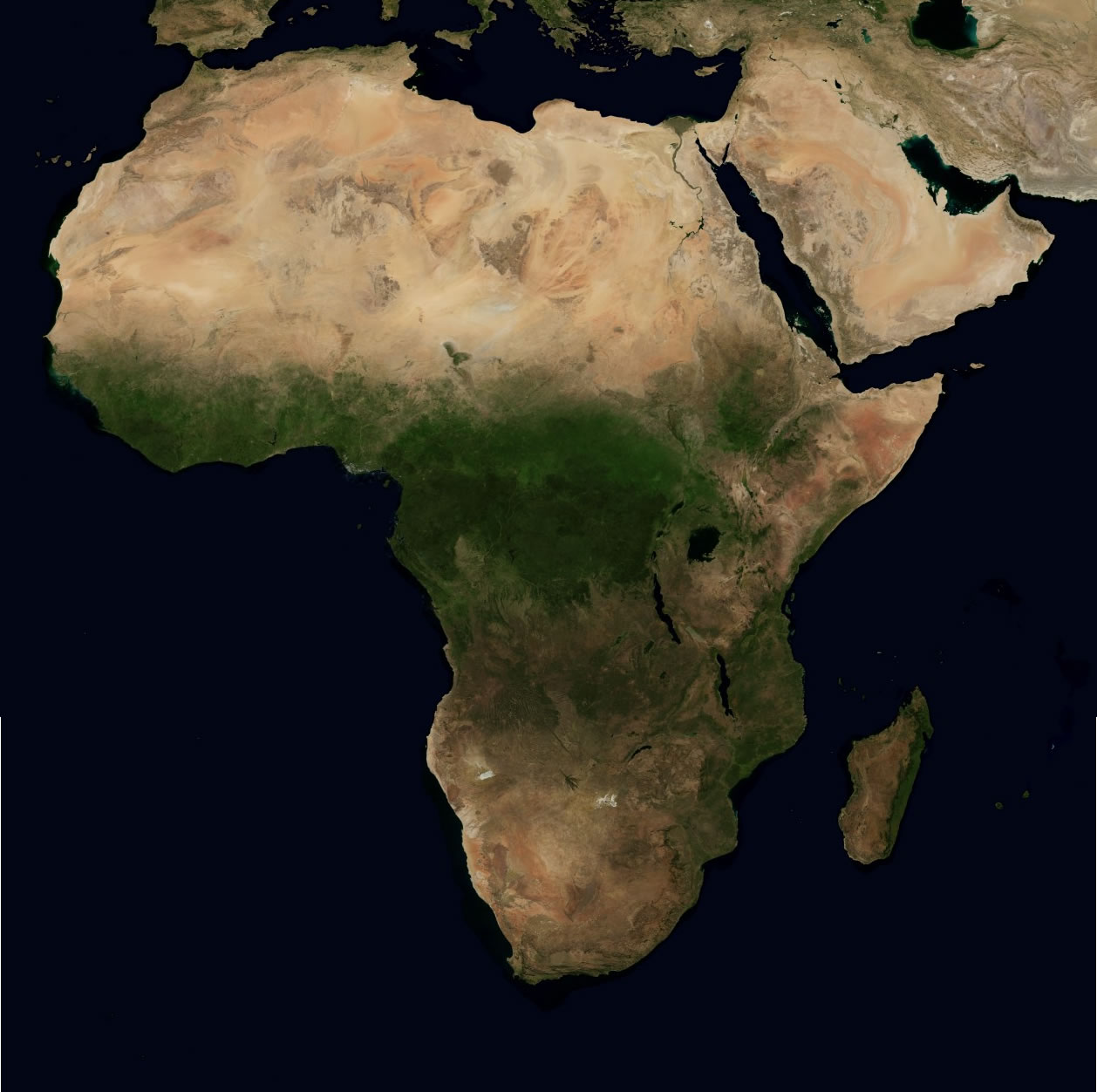
African masks
Tuesday, November 29, 2011
What is the piece of material culture?
The material culture object I chose was the African mask. An African mask is considered to be one of the finest creations in the art world and highly sought after art collectors. This piece of material culture can be traced back to well past Paleolithic times.


What is it made of? Where is it produced and by whom?
These African masks are usually made of leather, metal, fabric, and wood. Although many other materials can be used to replace this. Since this is an “African” mask it is usually produced in Africa. Although some other people may try to replicate for art purposes. It is produced by an African tribal artist. These people are trained for many years and techniques are usually passed down from generation to generation. The artists are very influential and held in a respected position in African tribal society.


What is it used for?
African masks are usually used in ceremonies. During the mask ceremony the dancer wears the mask and communicates with his ancestors. These masks are not only for the mask ceremony but they are also used for major events such as wars. These masks are often objects of family pride. Masking ceremonies in Africa had a great cultural and traditional significance.


Who might use it and how long have people been using it?
As stated in other portions of this blog, they are used by dancers. African masks were primarily used for these ceremonies; although this is the case, many people see these as art pieces. Artists try to replicate these to place in museums. They create an insight to art. People have been using African masks can be dated back to the Paleothic times.


How would they use it? How do you know that?
These dancers would use them to communicate with the spirits. They used them during the Dance ceremony. This is a well known ritual back in African times. It is also used in museums now as artwork and replicated by many European artists. They have been widely commercialized in Europe.


What symbols or markings does it contain? Describe it in full detail.
Each mask was to be created with its own specific purpose or detail on it. Most symbols and markings on the masks were to represent a certain aspect of life or represent their tribe. There are four main masks: Punu, Guro, Funeral, Ngil. Punu mask was painted white to represent the spirit of ancestors. Guro represents a character in tribal mythology. Funeral masks was used for the purpose of keeping sorcerers near them to warn them from harm. Ngil masks were used to initiate new members into the society. Each mask had its own representation and different marks were used for different details.
What aspect of society does this item relate to: work, home, religion. etc.?
The aspect of society this would relate to would be art and family. This is a very influential art piece including the practical uses such as the dance ceremony. Art has been a moving force in the African and Black culture. These masks are prime examples of art objects and how important they are. As stated before, they used these masks to talk to their ancestors. This proves that family was such a big part of their life. Generations played an important role.


Could people of African descent live comfortably without it?
People of African descent could not live comfortably without it. For some African tribes, these masks provided protection and security. Other masks were representations of family. For the most part these were not just art pieces; they had practical uses.
Monday, November 28, 2011
Works Cited
Art Lessons by Arty Factory:
http://www.artyfactory.com/africanmasks/context/artist.htm
Art History Guide:
http://www.arthistoryguide.com/African_Masks.aspx
Rebirth Africa "African Masks History and Meaning": http://rebirth.co.za/African_mask_history_and_meaning.htm
Buzzle "African Masks History":
http://www.buzzle.com/articles/african-masks-history.html
http://www.artyfactory.com/africanmasks/context/artist.htm
Art History Guide:
http://www.arthistoryguide.com/African_Masks.aspx
Rebirth Africa "African Masks History and Meaning": http://rebirth.co.za/African_mask_history_and_meaning.htm
Buzzle "African Masks History":
http://www.buzzle.com/articles/african-masks-history.html
Subscribe to:
Posts (Atom)